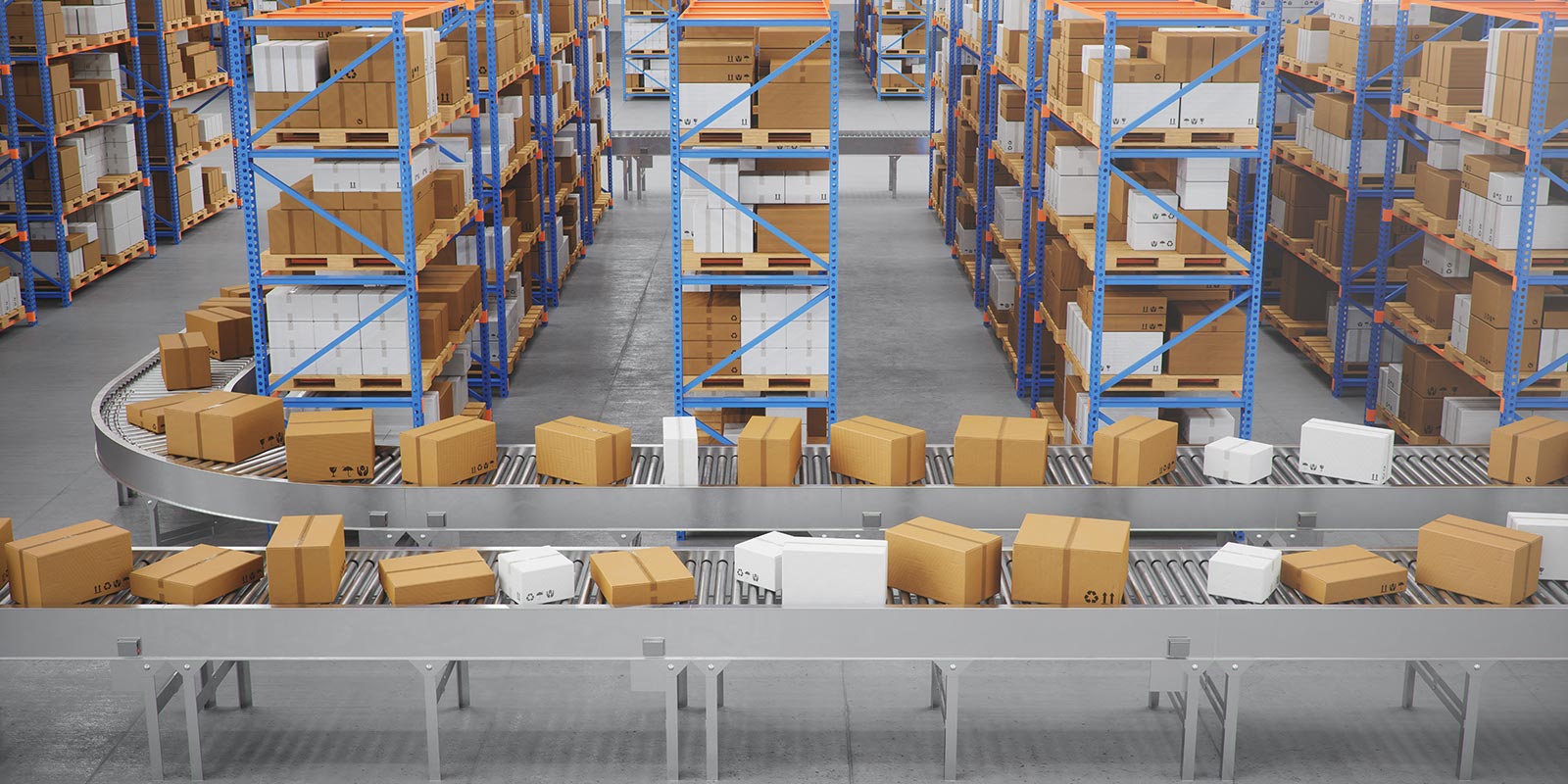
Labor shortages, particularly in the warehouse and transportation sectors, are a top concern for supply chain managers.
Challenges in attracting and retaining qualified workers in these sectors is not entirely new. What is different now compared to 2 years ago is that e-commerce sales and consumer demand for all types of goods have risen sharply, fueled by a booming post-pandemic economy.
Many warehousing and distribution operations are challenged with moving a higher volume and variety of small-sized packages while simultaneously building buffer inventory to offset unreliable supply—in other words, adopting a just-in-case model instead of just-in-time.
As expected, the interest in automation, including autonomous mobile robots (AMRs), is picking up, too. Operators recognize they need to make an investment in automation, but also require a quick return on that investment.
AMRs are a logical investment for smaller and/or highly manual operations taking their first steps into automation, as well as operations looking to expand and supplement their automation strategy.
Today’s AMRs are exceptionally easy to integrate into the existing warehouse environment.
MARC, our mobile autonomous robotic cart, can be up and running in ten minutes. Its ability to map a facility means it can navigate to pre-programmed destinations and avoid any obstacles, like people and forklifts.
With its EZ-Go NavigationTM feature, MARC can easily learn a destination. Users simply push the cart to a desired point and press/hold a location button for a few seconds to pre-program it. Thereafter, users simply push the button and MARC is on its way.
Next generation AMRs like MARC are also very safe when interacting with users—another high priority for facility operators and their employees.
MARC uses a combination of 3D cameras, proximity sensors and a laser to provide a complete view of what is surrounding the cart.
The high-resolution 3D cameras give MARC the ability to "see" at extreme angles. Light detection and ranging (LIDAR) scans the environment in real time to create a map for the cart to navigate in a dynamic and constantly changing facility. More than a dozen proximity sensors support the anti-collision system with a 360° view of the area near the cart.
In addition to their advanced features, what AMRs contribute to the worksite promotes employee safety. Automating repetitive and monotonous tasks help protect workers from physical and mental burnout, improving overall job satisfaction and retention.
Facilities are faced with myriad pressures, including growing concerns about hiring and keeping employees. AMRs offer a compelling solution that is easy to implement, affordable, with a quick ROI. Reach out to the MūL Technologies team to find out how to get rolling with MARC!
How bad is the labor crunch? |
|
The latest survey from The Workforce Institute at UKG, “The Resilience of Manufacturing: Strengthening people operations and bridging the talent gap amid crisis,” finds that manufacturers’ top recruitment challenge today is finding candidates with the right skills (54% of respondents)—a 16% increase over last year’s survey, conducted in March 2020. Furthermore, one in 10 manufacturers said their production lines were understaffed at least half the time in March 2021, while nearly 2 in 3 manufacturers said they are “struggling” to fill critical labor gaps, and nearly a quarter are “really struggling.” |
These Stories on Material Handling